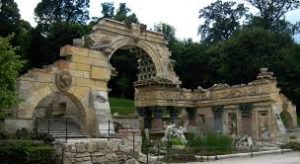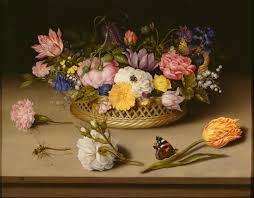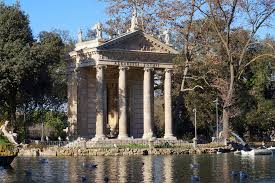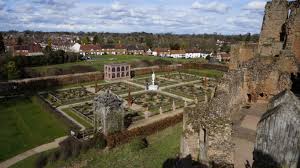The ancient Roman gardens were inspired by the ancient Greeks, Persians and the Egyptians. The most significant feature about the ancient Rome gardens was that they were indoors. Ornamental horticulture gained popularity with the development of the ancient Roman civilization.

The ancient Romans were extremely adept and indulgent in techniques of agriculture, botany, horticulture and animal husbandry etc.
Ancient Roman Gardens
The gardens of ancient Rome were places of tranquillity and peace as well as symbolic and religious meanings. Gradually, with the spread of civilizations, the use of gardens became very prominent in ancient Rome.

The parts of the ancient Roman garden comprised of three parts. The first was a terrace which acted as an open-air drawing room connecting the home via a roofed portico. It was called the Xystus. The xystus overlooked the lower garden called the ambulation.
Ancient Roman flowers
The ambulation consisted of an innumerable variety of flora. It had flowers, trees, shrubs and all other kinds of foliage. It was an ideal place for the ancient Roman recreation activities.

The last part of the ancient Roman garden was the gestation. It was a shaded passage where the owner of the house could ride on horseback or be carried and attended by his slaves. It was constructed as a separate oval-shaped area.
Ancient Roman Garden Plants
The most favorite plants in the gardens of ancient Rome comprised of a whole range of flowers and plants. Herbs were extremely beneficial and useful for the medicinal and culinary purpose. The most popular herbs which were predominantly used were thyme, savory, mint, basil and celery seed.

The most favorite flowers in the ancient Roman period include roses, narcissi, oleanders, violets, lily, gladioli, iris, poppy, amaranth, crocus, narcissus, among others.
Roman Garden Design Ideas
The ancient Roman garden designs were later adopted by the landscape architects of the Renaissance, Baroque, Neoclassical periods and even those of the 20th century.

The ancient Roman gardens began as practical features. Whether they were large or small, they were sources of vegetables, herbs, and fruit for the Roman household. Archaeological remains can be interpreted using ancient source material to recreate the layout and plants most commonly found in the ancient Roman gardens.
Famous Roman Gardens
- Villa Torlonia
- Santa Costanza
- Villa Borghese
- Courtyard of Sant’Ivo alla Sapienza




